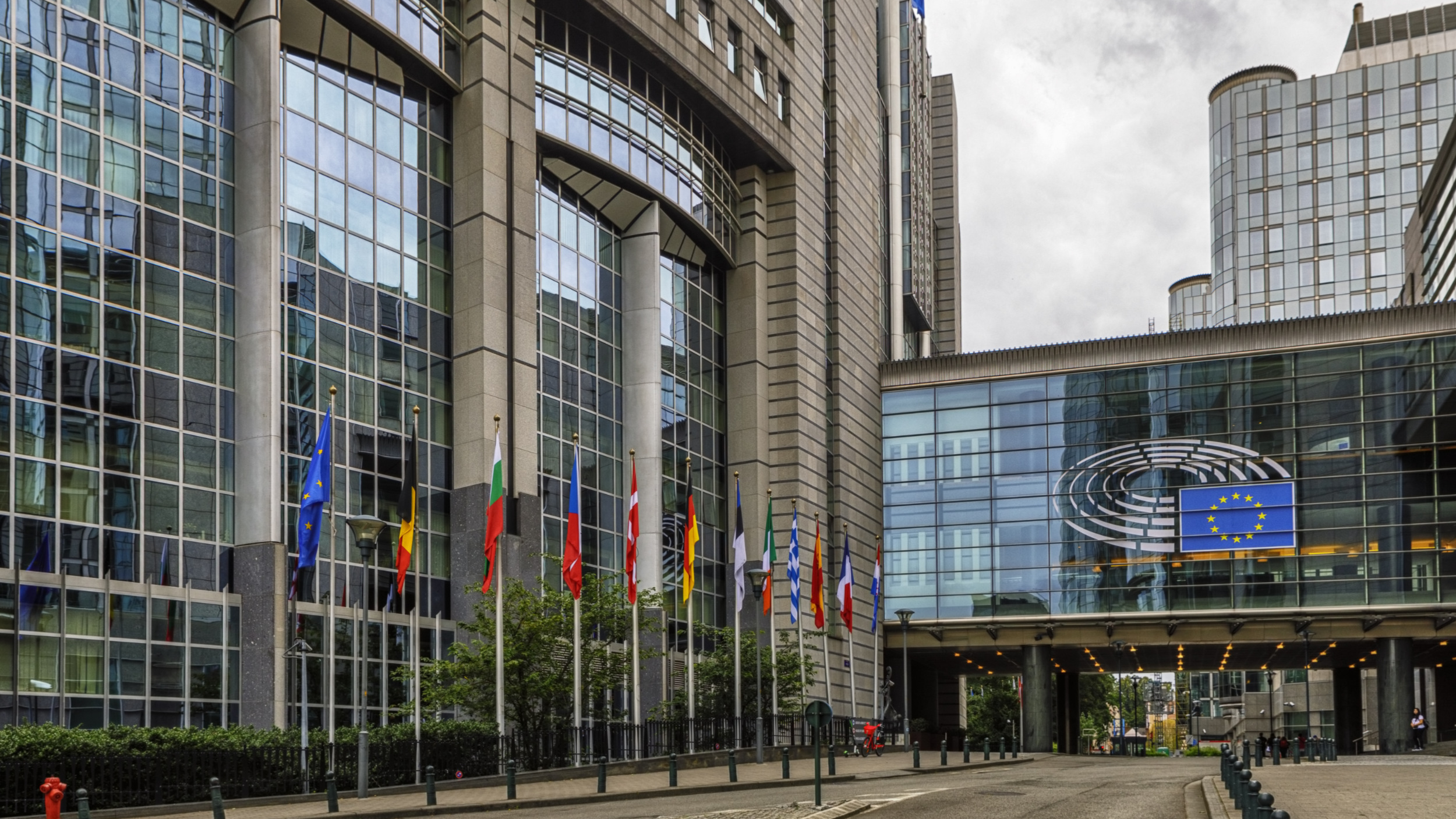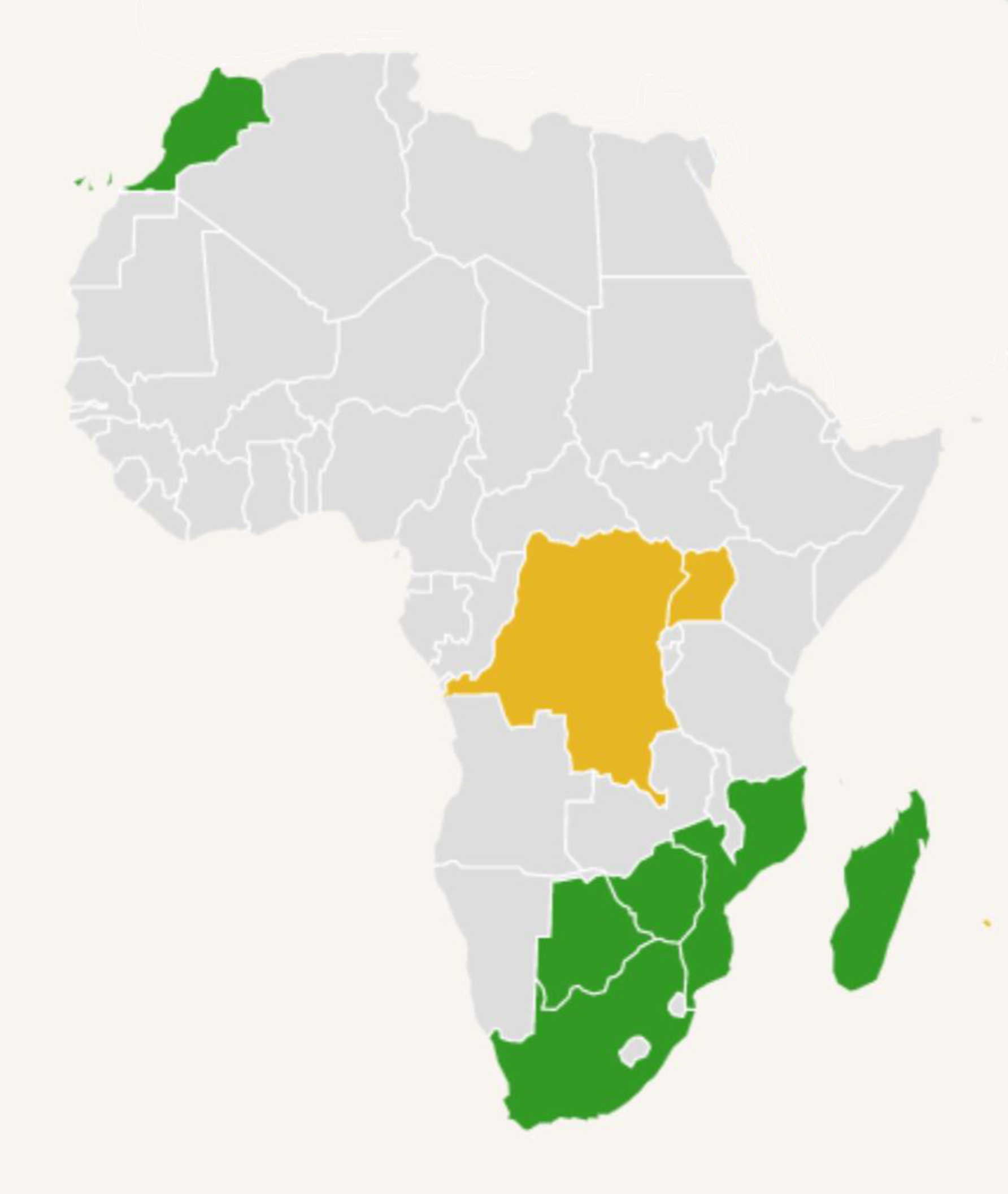
“The wildlife trade is one of the most lucrative trades in the world. The LEGAL trade into the EU alone is worth €100 billion annually.”, stated a 2016 European Parliament Report. The choice of words bears repeating, “one of the most lucrative trades in the world”.
The trade is not only incredibly lucrative to business, but the spoils also go overwhelmingly to big business in the richest nations.
Detailed research into trade flows published in 2021 highlighted just who the biggest exporters and importers of wild species are – the US/Canada, the EU and UK, Japan and China/HK. Again, this bears repeating. The richest countries in the world are the key benefactors of this trade, not developing nations.
But developing nations do provide the ‘raw materials’ which are the basis for this wealth.
The 2021 research analysed trade in a number of categories: Seafood, Furniture, Fashion, Wild Meat, Ornaments and Jewellery, Pets, Exhibitions (Zoos, wildlife parks, riding/racing) and Traditional Medicine.
After seafood the two biggest industries, by far, to benefit from this legal trade are fashion and furniture, both luxury industries synonymous with European companies and brands. This fact alone means that Europe must show more leadership in ensuring supply chains are transparent from source (at the ‘raw materials’ end) to destination.
I am sure this insight makes it even harder for some to swallow that the EU played a significant role at CITES CoP19 in maintaining the trade in some species, such as live elephants and hippos, which some range countries wanted tightened or closed down. In helping to maintain these trades, the EU must take more responsibility to ensure that they are transparent, legal and sustainable.
While it was good to hear that the EU is close to rolling out CITES electronic permits throughout the trading block, this is not enough. They must contribute to the implementation of modern management systems in developing nations, for example the countries of continental Africa.
Of the 55 countries in continental Africa, only South Sudan isn’t a signatory to CITES. The Republic of South Sudan became the world’s youngest nation and Africa’s 55th country on July 9, 2011. The African continent clearly had a big commitment to CITES from the very beginning, with Nigeria being the convention’s second signatory, in May 1974, and many others being early adopters.
Of the 54 African nations who are signatories to the CITES only 2 have implemented an electronic permit system (Amber), Uganda and the Democratic Republic of Congo. Another 6 African countries have electronic permit system in the planning or development stage (Green). On the CITES ePermit map, the remaining 46 African nations are shown as not confirming they will move beyond the CITES 1970s paper-based permit system (Grey). Some of these countries, like Namibia, are relatively wealthy, but for many who are facing a range of challenges, rolling out CITES electronic permits is something they may struggle to allocate funds to currently.
The CITES team acknowledge that a “digital systems can facilitate the exchange of electronic permits and information across borders, increasing transparency and preventing the use of fraudulent permits”.
This is where the countries of Europe, including the UK, must step up and provide assistance to the 46 African nations to implement CITES ePermits. The funds for this are pocket change to Europe, if the roll out is based on the eCITES BaseSolution created by UNCTAD in collaboration with the CITES Secretariat.
So just how much would this cost for these 46 countries?
Initial implementation, training and support & hosting for 12 months:
46 x US$150,000 = US$6,900,000
Let’s add another 3 years of support & hosting (until we reach an economy of scale when it will be much cheaper)
46 x US$40,000 x3 = US5,520,000
Total US$12,420,000 (€11,932,391)
The countries of Europe who have grown wealthy on the back of the African continent are the UK, France, Portugal, Spain, Italy, Germany, Belgium, and The Netherlands.
These 8 countries alone should have a commitment to the African continent given what they have historically taken.
For each of these 8 countries this would mean a total commitment of €1,491,549 (if the UK wants its contribution stated in pounds it amounts to £1,281,456, which could be made via the Wildlife Trade Challenge Fund). Basically, the price of just one apartment in the capital cities of each of these countries. Not an onerous contribution to ensure that all countries of continental Africa can manage their export of CITES listed species in real time and much more transparently.
The EU, UK and all CITES member states like to constantly reiterate that they base their positions and decisions on the analysis of available trade data. In November 2019, a group of trade analyst, IT and risk specialists and economists dived into the CITES trade data on Nature Needs More’s behalf. Their conclusion was that the CITES trade database was the worst designed and most impenetrable data source they have ever investigated.
In the end, let’s remember that incomplete data is bad data, it is worse than nothing. The legal trade in endangered species is lucrative, huge, and for the most part unchecked; it is enabling the equally massive illegal trade to flourish. Currently, the legal and illegal trade are so intertwined that they are functionally inseparable. This is the current state of the CITES permit, database and trade system.
Little real action is being taken on sustainability. Sustainability without transparency is an ideology not a strategy. Genuine sustainability requires radical supply chain transparency. The first step to supply chain transparency needed, so the world can finally get an accurate picture of the real scale of the trade in endangered species, is to invest in the modernisation of the regulator, CITES.
During 2022, the CITES Secretariat have tried very hard to prove that convention is effective, launching the new TradeView website, the new Trade Report (the very first wildlife trade report CITES has published in its 50 years as a wildlife trade convention, watch out for Nature Needs More’s review coming soon) and also a new Review of Significant Trade Management system.
But remember, all of these new initiatives rely on the CITES Trade Database and, as such they are only as useful as the poor quality input data provided by parties. Hopefully these new initiatives will provide the catalyst needed to speed up the transition to a CITES electronic permit system.
And, if the countries making the biggest profits from this trade won’t commit and contribute to this minimum step, then it is time to call them out and also call out the luxury companies headquartered in Europe – no more greenwashing – No Transparency, To Trade.
Continental Africa is one of the most significant regions of the world in terms of biodiversity preservation and biodiversity loss. High quality monitoring of the legal trade should be a no-brainer when it comes to investment in biodiversity protection for Africa and beyond.
Europe profits the most from this trade and can easily afford the €11,932,391 needed to bring trade monitoring into the 21st century. And while we don’t single out one country or company, I think it is worth contrasting the €11,932,391 (US$12,420,000) needed to roll out an electronic permitting in these 46 countries of continental Africa with the fact that in 2019 the head of LVMH, Bernard Arnault, became one of the world’s centibillionaires – those with a net worth of at least $US100 billion. Let’s just write that out in longhand US$100,000,000,000.
There is no excuse for the global roll out of CITES electronic permits to not be completed by CITES CoP20 in 2025. Just get the CITES ePemits done!



